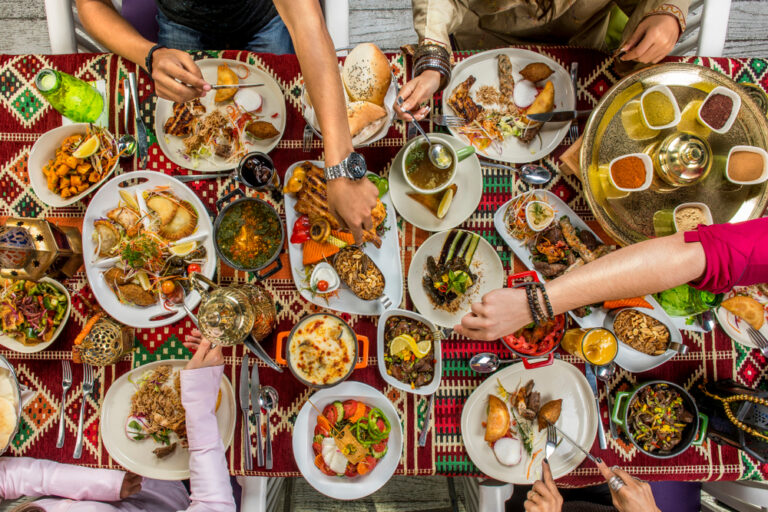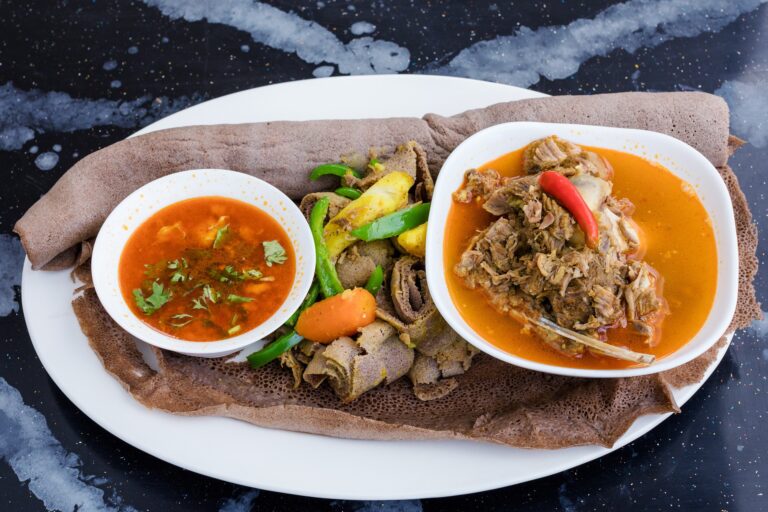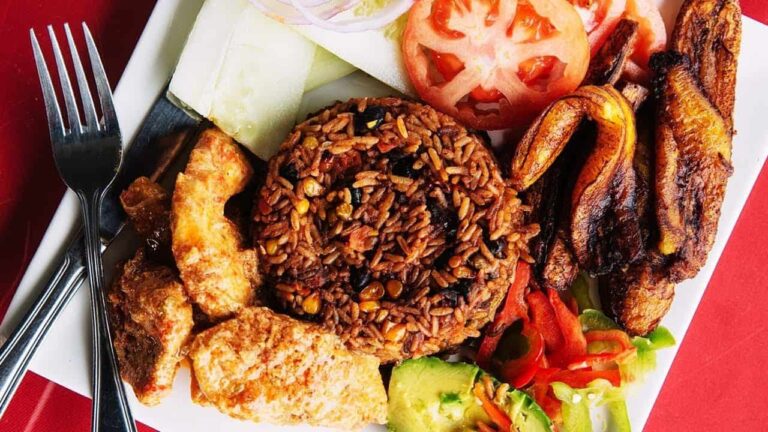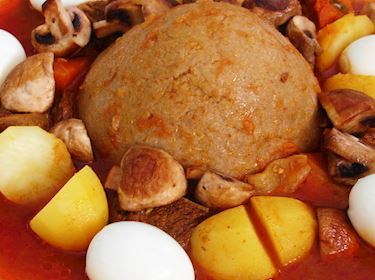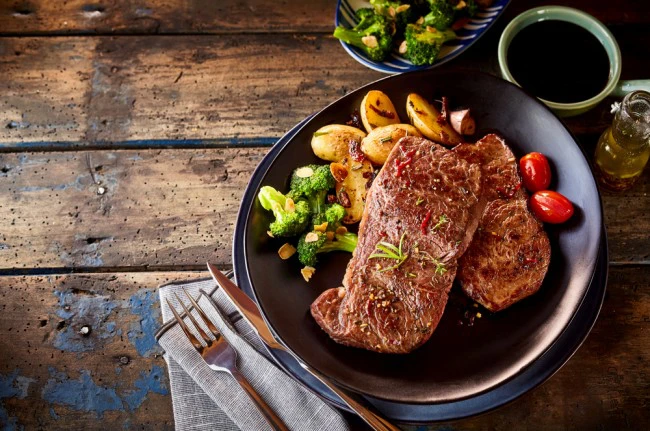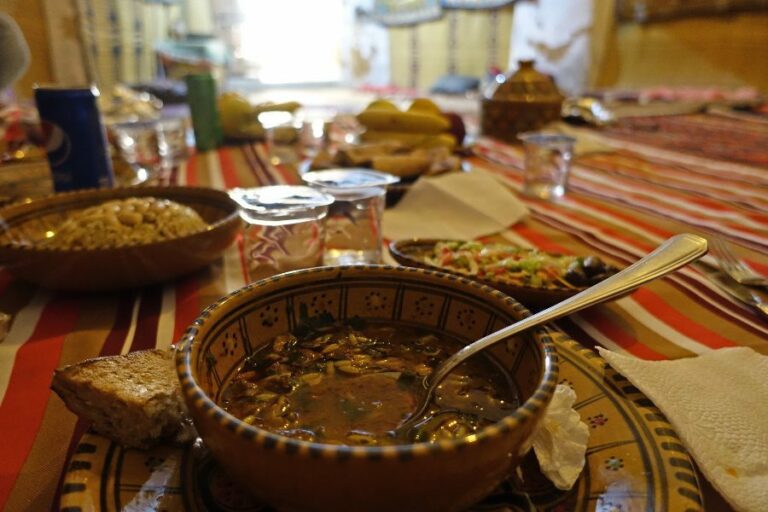Introduction: Lebanese Cuisine
Lebanese cuisine is a culinary tradition that has evolved over thousands of years and has been influenced by various cultures. It is known for its diverse flavors, colorful presentation, and unique ingredients. Lebanese cuisine consists of a wide range of dishes that are both vegetarian and non-vegetarian. It is characterized by its use of fresh herbs, spices, and vegetables that are locally sourced.
Key Ingredients in Lebanese Cooking
Lebanese cuisine relies heavily on meat and fish as the main sources of protein. Commonly used meats include lamb, chicken, and beef, while fish like sardines, cod, and tilapia are also widely used. Vegetables such as eggplants, tomatoes, cucumbers, and zucchinis are also staples in Lebanese dishes. Legumes such as lentils, chickpeas, and beans are also commonly used in Lebanese cooking. Yogurt, cheese, and tahini are also popular ingredients used in many Lebanese dishes.
Spices and Herbs Used in Lebanese Cooking
Lebanese dishes are known for their complex flavors that come from the use of a variety of herbs and spices. Commonly used herbs in Lebanese cuisine include parsley, mint, thyme, and oregano. Spices such as cinnamon, cumin, allspice, and cardamom are also popularly used. Sumac, a spice that has a tangy flavor, is also used in dishes like fattoush salad and hummus.
Unique Flavors in Lebanese Cuisine
Lebanese cuisine is known for its unique flavors that come from the use of ingredients like pomegranate molasses, rose water, and orange blossom water. Pomegranate molasses is a thick, sweet, and sour syrup made from pomegranate juice that is used in dishes like muhammara and fattoush salad. Rose water and orange blossom water are used to flavor desserts like baklava and ma’amoul.
The Importance of Fresh Produce in Lebanese Cooking
Fresh produce is key in Lebanese cuisine. It is a cuisine that is built around the use of fresh and seasonal ingredients. Lebanese dishes are often cooked with vegetables that are in season, which ensures that the flavors are at their peak. Fresh herbs like parsley and mint are used both as a garnish and as a key ingredient, adding flavor and color to dishes.
Conclusion: The Richness of Lebanese Cuisine
Lebanese cuisine offers a diverse range of flavors and ingredients that make it a unique and exciting culinary tradition. The use of fresh produce, herbs, and spices creates dishes that are packed with flavor and nutrition. Lebanese cooking is not only delicious but also healthy, making it a great choice for those looking to explore new cuisines and expand their culinary horizons.

